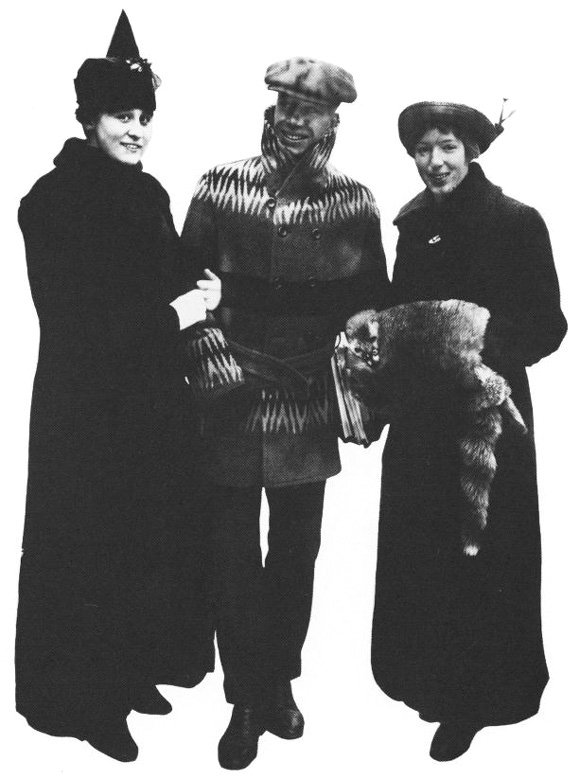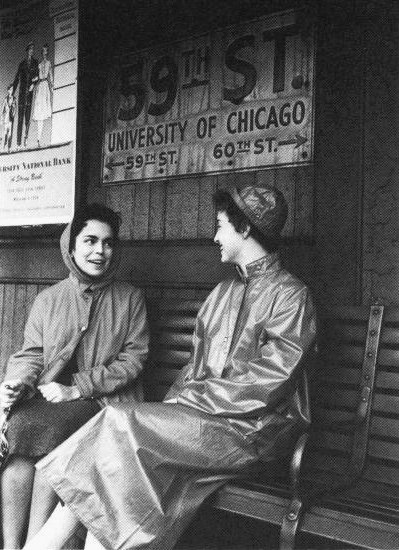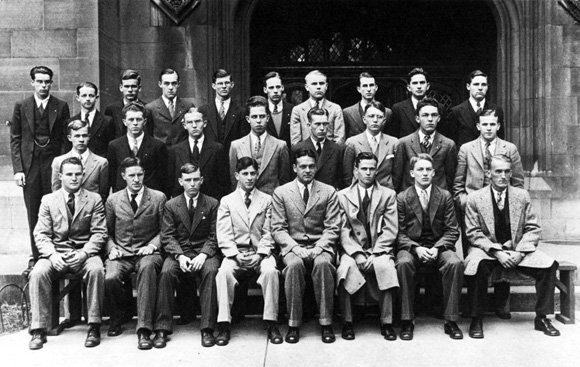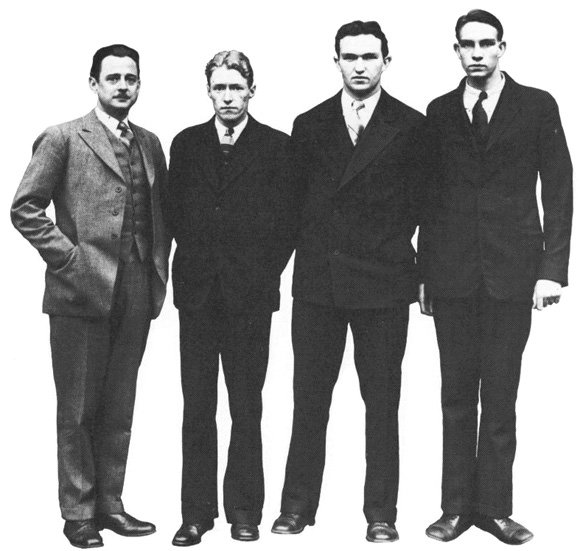Matriculations
The Student Body
0n the eve of the University's first day of classes, an anxious President Harper wondered aloud if any students would show up. There was little cause for Harper's concern. The idea of the University of Chicago had already promised to attract many students. Even before a president had been named or a faculty hired, prospective students began to request information and admissions applications. As early as October 1890, the University distributed information pamphlets, leading to a daily flow of correspondence from potential applicants fully two years before opening day.
The task before the University was thus not so much to attract students as to decide on the proper composition of the student body. The candidate's academic preparation was determined by evaluating high school reports and entrance examinations. But the admissions committee encountered problems. High school grades were not always reliable and varied considerably from one school to another. Entrance exams were only somewhat helpful in evaluating candidates, for many high school students, particularly those from the Midwest, had not always had an opportunity to lake science or language courses such as Latin and Greek which were basic examination topics. As a result, standards for entrance exams had to be adjusted over time in response to changing patterns of secondary education.
Another concern for the University was the background and geographical origins of the students. Al the beginning, well over half of the students were from greater Chicago and Illinois. Harper was pleased that students from the region were anxious to attend the University, but he also hoped to attract students from around the country and abroad. A diversity of backgrounds, Harper believed, would not only enhance the character of the student body but also confirm the University's status as a distinguished national institution.
In this effort the University could claim early and continuing success. From the time of the University's opening, the Registrar annually reported the enrollment of students from Japan, China, the Philippines, Korea, India, South Africa, and Burma, as well as Canada, the nations of Western Europe, and dozens of other countries. The University's open admission policy also served as a continuing attraction to American minorities, particularly Jewish and African-American students who found their path blocked by policies or quotas at many other institutions.
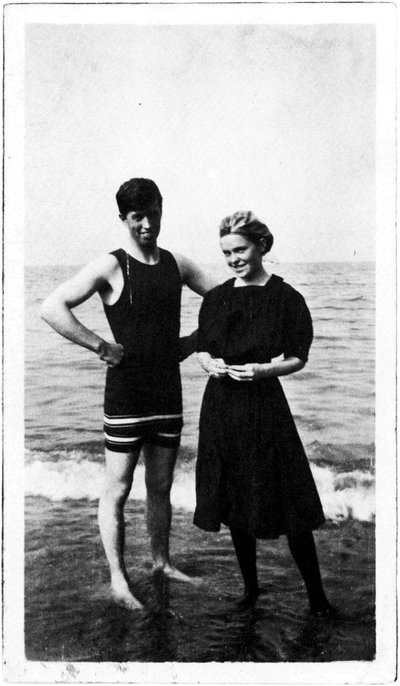
Jacob Scudder (SB 1910) of Snell Hall and Winifred Winne (SB 1912) of Kelly Hall
Another concern for the University was the background and geographical origins of the students. Al the beginning, well over half of the students were from greater Chicago and Illinois. Harper was pleased that students from the region were anxious to attend the University, but he also hoped to attract students from around the country and abroad. A diversity of backgrounds, Harper believed, would not only enhance the character of the student body but also confirm the University's status as a distinguished national institution.
In this effort the University could claim early and continuing success. From the time of the University's opening, the Registrar annually reported the enrollment of students from Japan, China, the Philippines, Korea, India, South Africa, and Burma, as well as Canada, the nations of Western Europe, and dozens of other countries. The University's open admission policy also served as a continuing attraction to American minorities, particularly Jewish and African-American students who found their path blocked by policies or quotas at many other institutions.
Resolutely co-educational the beginning, the University nonetheless experimented with classroom segregation of men and women in the Junior College in 1902. Based on the assumption that younger men and women students would perform better in isolation from each other, this scheme collapsed within a few years. Both before and after the segregation episode, women were granted admission to degree programs on an equal basis with men, although they sometimes encountered the more subtle and less institutional forms of prejudice found in the larger society.
Scholarships and fellowships have been a key element in the University's effort to attract good students and to assist the most promising in completing degrees. Until the mid-1950s scholarships were granted mostly on the basis of grades and the candidate's performance on entrance exams. Letters of recommendation, community activities, interviews, and "personal promise" were also considered. Scholarships and supporting endowments became particularly important for students as tuition climbed. In 1930 President Robert M. Hutchins partially offset the rise in costs by providing scholarships for roughly 18 percent of incoming freshmen, then considered a high rate. By the time Lawrence A. Kimpton assumed the chancellorship in 1951, one of every three students received aid at an average of $631.97, equivalent to the annual cost of tuition and books. The criteria for receiving undergraduate scholarship assistance gradually changed, not only at Chicago but at private universities across the country, and by the late 1950s a student's financial need became the primary consideration in the distribution of almost all College aid. Today more than half of the students in the College receive scholarship assistance, and for those in the graduate divisions, where the criterion for aid is academic distinction, the figure is well above 90 percent.
